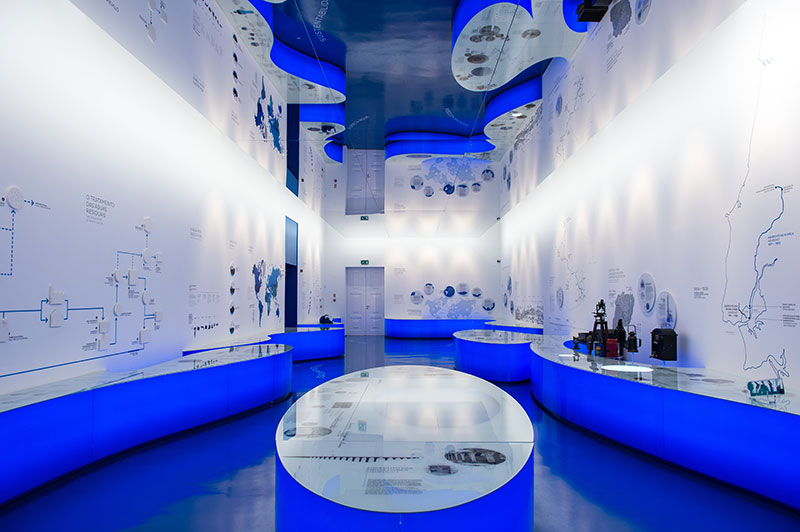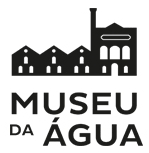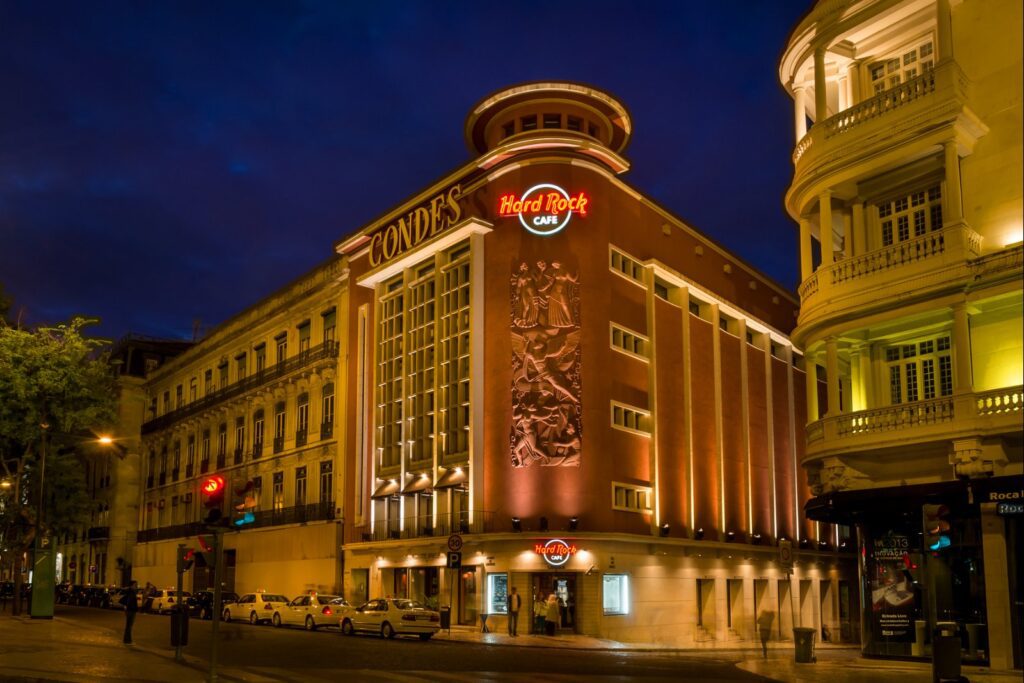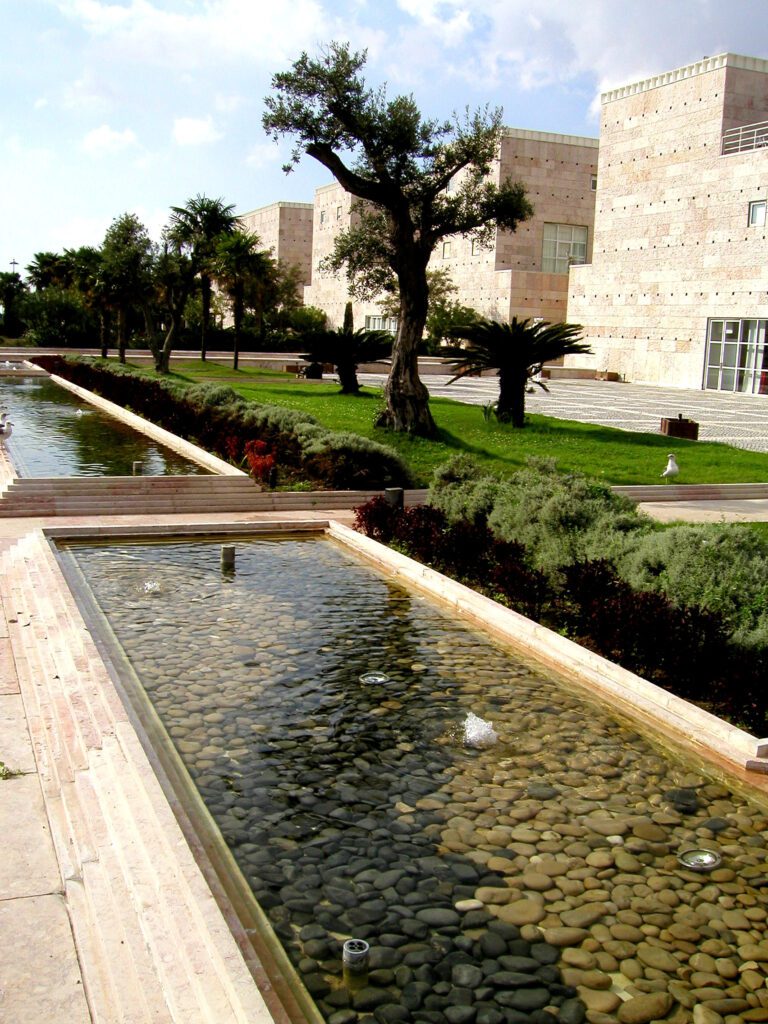Water Museum


Water Museum


The Water Museum gathers and invigorates a number of monuments and buildings, built between the XVIII and XIX Centuries, which are representative of an important chapter in history of the water supply to the city of Lisbon and are part of the historical, patrimonial, technological and scientific route of the water.
Steam Pumping Station Barbadinhos
Built by the final reservoir of the Alviela Aqueduct, this station was in service between 1880 and 1928 and was responsible for the expansion of domestic distribution of water in Lisbon. The building preserves the old steam machines, references of the industrial heritage, and hosts the permanent exhibition of the Water Museum that invites the visitor to get to know the water in the areas of history, science, technology and sustainability. Classified, since 2010, as a Public Interest Set.
Águas Livres Aqueduct
Built between 1731 and 1799, the Águas Livres Aqueduct was a vast system of collection and transportation of water, through gravity, which comprises a total of 58 kilometers of existing pipelines between the springs, located 15 kilometers to the northwest of Lisbon and the water standposts in the capital.
In its path, the crossing of the Alcantara valley, stands out along its 941 meters long and with arches that reach the 65 meters of height. The route is open to visitors between Campolide and the Parque Florestal de Monsanto.
It has been classified as a National Monument since 1910. It was classified in its entirety in 2002 and inscribed on the indicative list of world heritage since 2016.
Mãe d´Água das Amoreiras Reservoir
Designed in 1746 by the Hungarian architect Carlos Mardel, this reservoir was built to receive and distribute the water carried by the Águas Livres Aqueduct.
Inside the building this reservoir stands out with a depth of 7.5 meters. At the top it is possible to access the panoramic terrace overlooking the city of Lisbon.
On the western front of the reservoir is the Register House, where water flows driven to fountains, factories, convents and noble houses were controlled.
Classified, since 1910, as a National Monument.
Patriarchal Reservoir
Hidden underground the garden of Príncipe Real, you can find the Patriarchal Reservoir, whose construction was completed in 1864.
It was one of the first tanks of the distribution network, designed in 1856 by French engineer Louis-Charles Mary, which enabled the supply of water to the inhabitants of Lisbon.
The Patriarchal Reservoir, initially fuelled by Águas Livres Aqueduct and from 1890, by the waters of the Alviela Aqueduct, displays an octagonal shape, to coincide with the lake drawing at the top.
Underground Galleries of the Águas Livres Aqueduct
The water carried by the Águas Livres Aqueduct, from Lisbon, was conducted through an emissary network that consisted of five galleries, mostly underground, with about 12 kilometers long, whose job was to ensure the supply of water to fountains and some public establishments: Campo Santana, Necessidades, Loreto, Esperança and Rato.
The Loreto Gallery, built in 1746, stands out with its route currently open to visitors between the Casa do Registo in Rua das Amoreiras, the Patriarchal Reservoir, Rua do Século and the Mirador of São Pedro de Alcântara.
Voucher: Offer of one ticket, when buying another.



